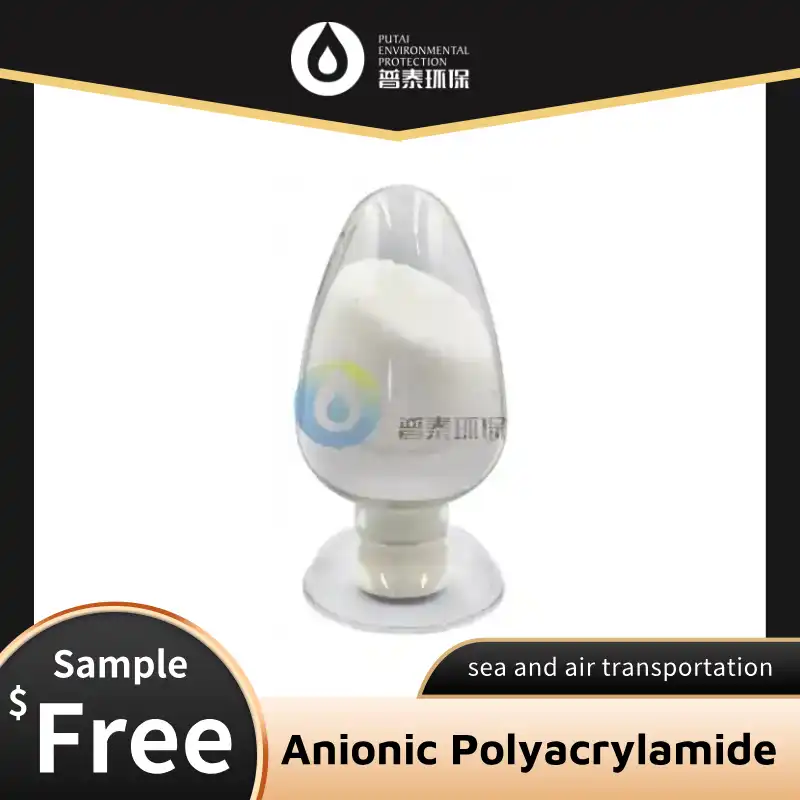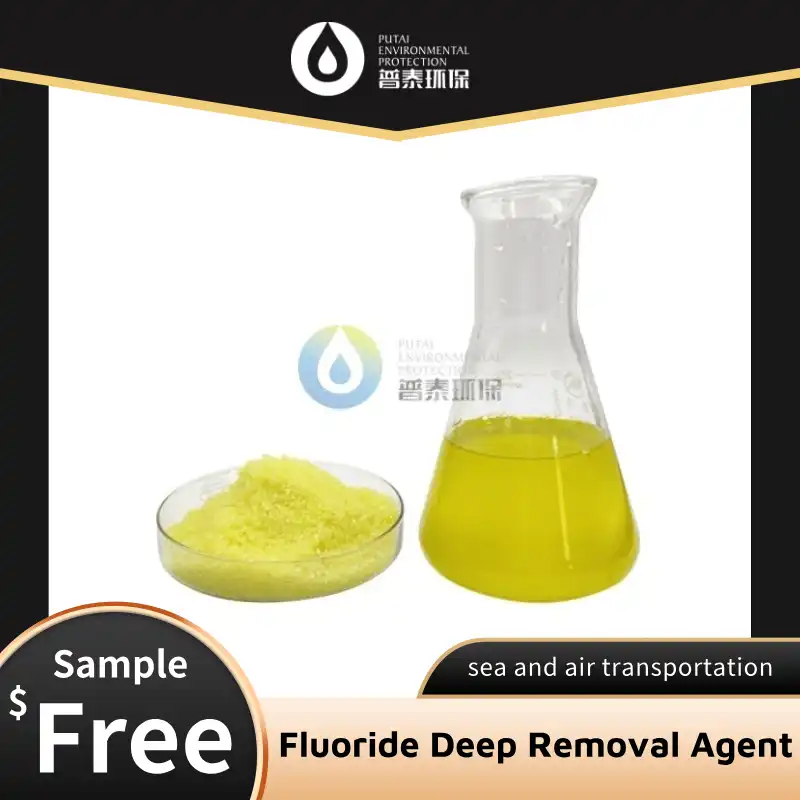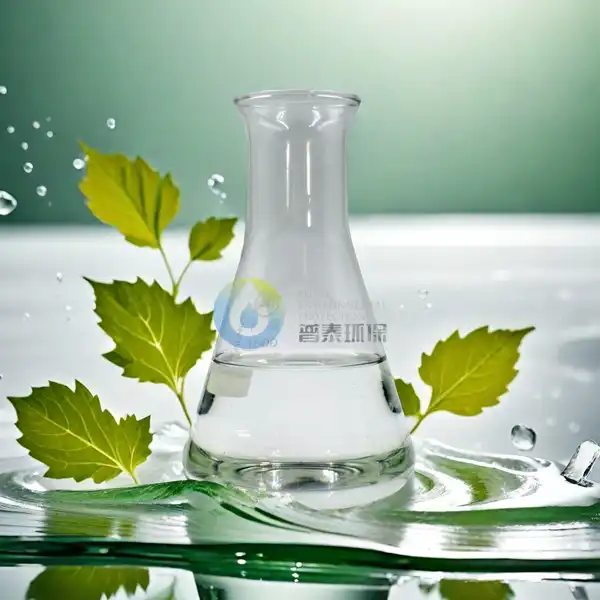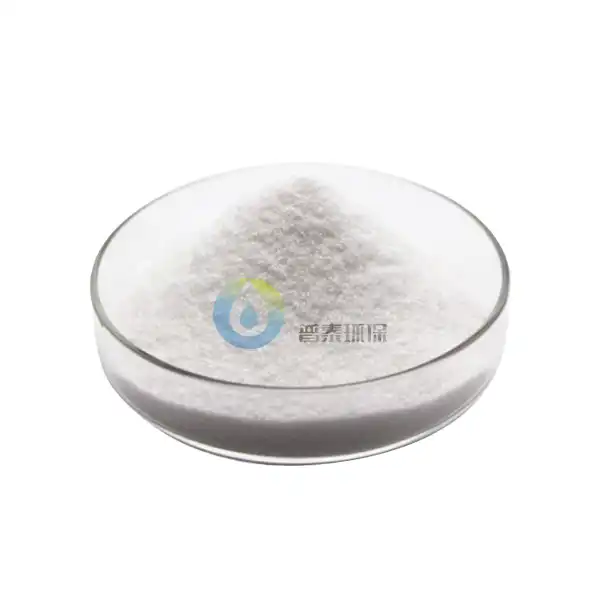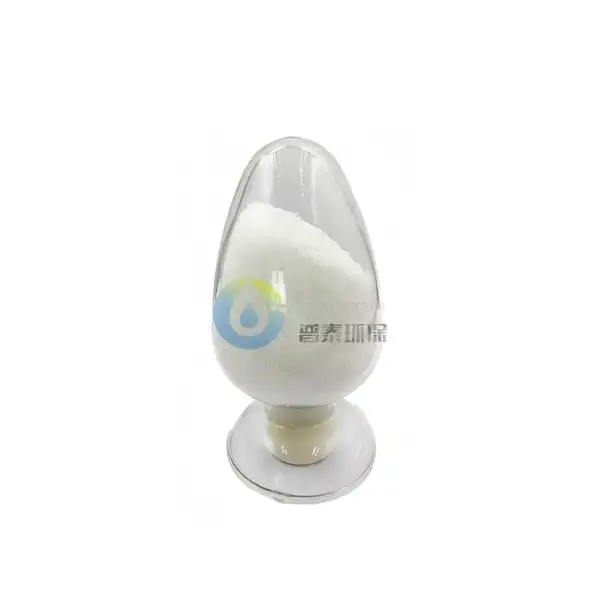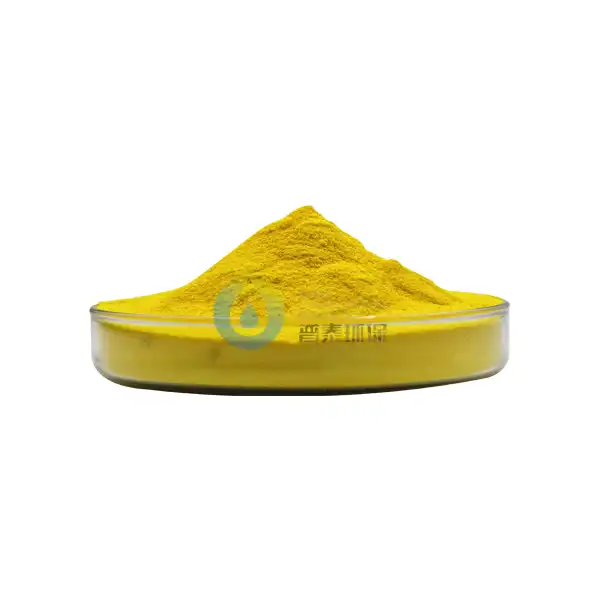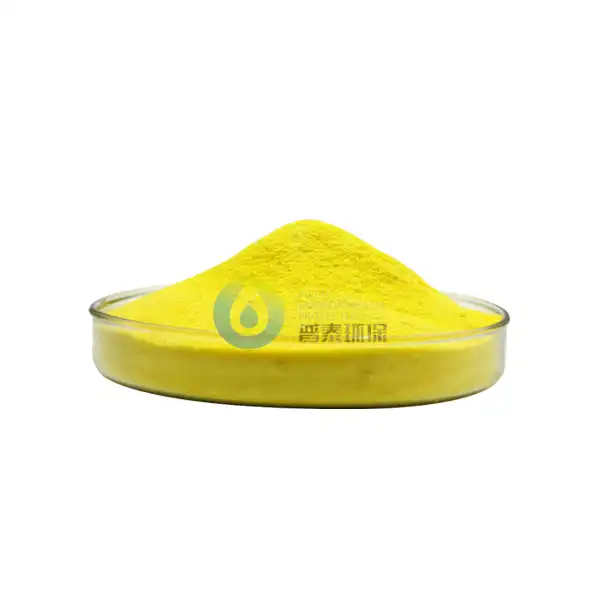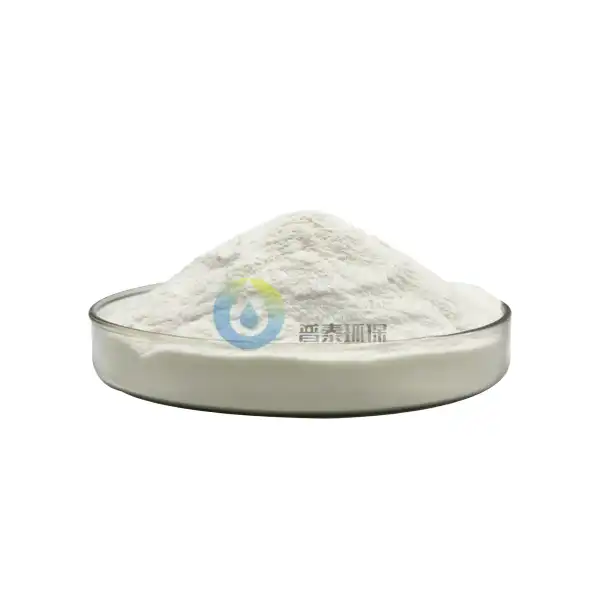How Does Fluorine Remove Agent Impact Water Quality?
Fluorine removal agents play a crucial role in modern water treatment processes, particularly in regions where fluoride contamination poses significant health concerns. These specialized chemical compounds are designed to selectively bind with fluoride ions present in water, effectively reducing their concentration to levels considered safe for human consumption. The impact of fluorine remove agents on water quality extends beyond simply reducing fluoride levels—they influence various physical, chemical, and biological parameters that collectively determine the overall quality and safety of treated water.
What are the mechanisms by which Fluorine Remove Agent eliminates fluoride from water?
Adsorption Process of Fluorine Remove Agent
The primary mechanism through which Fluorine Remove Agent works is adsorption, where fluoride ions become attached to the surface of the removal agent. This process involves the formation of bonds between fluoride ions in water and the active sites on the adsorbent material. High-quality Fluorine Remove Agents typically possess a large surface area with numerous adsorption sites, enhancing their capacity to capture fluoride ions efficiently. The adsorption efficiency depends on factors including pH, temperature, contact time, and initial fluoride concentration. Under optimal conditions, the adsorption process can remove up to 95% of fluoride from contaminated water, bringing fluoride levels within the World Health Organization's recommended guidelines of 1.5 mg/L.
Ion Exchange Technology in Fluorine Remove Agent
Ion exchange represents another fundamental mechanism employed by modern Fluorine Remove Agent systems. This process involves the replacement of fluoride ions in water with other, less harmful ions present in the removal agent. Specialized ion exchange resins contain functional groups that have a higher affinity for fluoride ions than for other ions commonly found in water. When water passes through these resins, fluoride ions are selectively captured while the exchange ions are released into the water. This selective capability makes Fluorine Remove Agent particularly effective for treating water with complex mineral compositions. Once the ion exchange capacity is exhausted, the resin can often be regenerated, making this a cost-effective approach for long-term fluoride removal applications.
Chemical Precipitation Methods Using Fluorine Remove Agent
Chemical precipitation offers a third mechanism for fluoride removal. This process involves adding chemical compounds that react with dissolved fluoride ions to form insoluble precipitates that can be physically removed from water. Advanced Fluorine Remove Agent formulations often contain calcium, aluminum, or lanthanum compounds that readily form stable, insoluble fluoride complexes under controlled pH conditions. The precipitated fluoride compounds can then be removed through conventional sedimentation, filtration, or flocculation processes. Chemical precipitation using Fluorine Remove Agent is particularly effective for treating water with extremely high fluoride concentrations where other methods might be less efficient. Precise dosing is critical for optimizing the precipitation process while minimizing the introduction of excess chemicals into the treated water.
How does Fluorine Remove Agent affect the mineral composition of treated water?
Impact on Essential Minerals and Electrolyte Balance
When Fluorine Remove Agent is applied to water treatment systems, it inevitably interacts with various minerals beyond just fluoride. These interactions can significantly affect the mineral profile of the treated water. Depending on the specific formulation, Fluorine Remove Agent may inadvertently remove beneficial minerals such as calcium and magnesium to varying degrees. For instance, aluminum-based formulations can reduce calcium levels by 5-15% during the treatment process. This mineral alteration can affect the taste, hardness, and nutritional value of water. High-quality Fluorine Remove Agent products are specifically designed to minimize the removal of beneficial minerals while maximizing fluoride reduction. Recent advancements have led to the development of selective agents that demonstrate up to 95% specificity for fluoride ions over other minerals.
Changes in pH Levels and Water Alkalinity
The application of Fluorine Remove Agent can cause shifts in the pH and alkalinity of water. Many fluoride removal processes involve acid-base reactions that can either increase or decrease the pH of the treated water. For example, aluminum-based Fluorine Remove Agent typically causes a pH reduction of 0.5-1.5 units due to the release of hydrogen ions during the fluoride binding process. This pH alteration can affect water taste, pipeline corrosion potential, and the efficacy of subsequent treatment processes. The alkalinity of water can be reduced by 15-30% during fluoride removal treatment, potentially affecting the water's stability. Modern Fluorine Remove Agent formulations often incorporate pH buffering components that help stabilize water alkalinity throughout the treatment process.
Alterations in Total Dissolved Solids (TDS) Profile
The use of Fluorine Remove Agent typically alters the Total Dissolved Solids profile of treated water. Ion exchange systems may increase sodium or potassium concentrations while reducing fluoride levels, potentially increasing the overall TDS by 5-12%. Conversely, adsorption-based methods might reduce TDS by capturing not only fluoride ions but also other dissolved compounds. The WHO recommends that drinking water should have a TDS value below 1000 mg/L, and high-quality Fluorine Remove Agent applications are designed to maintain compliance with this guideline. Changes in TDS can significantly impact water taste, with most consumers preferring water with TDS levels between 300-600 mg/L. Advanced Fluorine Remove Agent systems now include selective media that minimize unwanted TDS fluctuations while maintaining high fluoride removal efficiency.
What environmental impacts do Fluorine Remove Agent treatments have on water ecosystems?
Discharge Effects of Fluorine Remove Agent Residuals
The disposal and discharge of spent Fluorine Remove Agent materials present significant environmental considerations. When used in large-scale water treatment facilities, these agents eventually become saturated with fluoride and require either regeneration or disposal. The regeneration process typically produces a concentrated waste stream containing high levels of fluoride that must be managed responsibly. If improperly discharged, these waste streams can introduce fluoride concentrations 10-50 times higher than the original source water into receiving water bodies. Environmental regulations in most developed countries limit fluoride discharge concentrations to protect aquatic ecosystems. Responsible waste management practices include chemical stabilization, secure landfilling, or recovery processes that extract and repurpose the captured fluoride for industrial applications.
Bioaccumulation Potential of Treatment Components
Some Fluorine Remove Agent formulations contain metals like aluminum or rare earth elements that, if released into aquatic environments, may accumulate in aquatic organisms. Research indicates that aluminum from certain products can be detected in aquatic sediments at concentrations 3-7 times higher downstream from treatment facilities compared to upstream baseline measurements. The bioaccumulation factor for some components in freshwater fish species has been documented at 1.5-4.0, indicating moderate potential for biological concentration. Modern formulations are increasingly designed with environmentally benign materials that demonstrate minimal bioaccumulation potential while maintaining high fluoride removal efficiency. Regulatory frameworks in many jurisdictions now require comprehensive environmental impact assessments for water treatment facilities using Fluorine Remove Agents.
Long-term Ecological Considerations of Fluoride Removal
While reducing fluoride in drinking water provides clear public health benefits, the broader ecological consequences require holistic assessment. Natural aquatic ecosystems have evolved with certain background levels of fluoride, typically ranging from 0.01-0.3 mg/L in freshwater environments. The large-scale removal and concentration of fluoride from water sources may alter these natural background levels, potentially affecting organisms that have adapted to specific fluoride concentrations. The disposal challenges associated with Fluorine Remove Agent waste can create localized areas of elevated fluoride concentration if not properly managed. Progressive water management approaches now incorporate ecological assessments that evaluate how Fluorine Remove Agent technology deployment affects the overall health of water ecosystems. The most environmentally sustainable applications employ closed-loop systems that minimize waste production.
Conclusion
Fluorine Remove Agent technology represents a significant advancement in water treatment, effectively reducing fluoride levels to protect public health while impacting various aspects of water quality. Through mechanisms including adsorption, ion exchange, and chemical precipitation, these agents significantly improve water safety in regions affected by fluoride contamination. While influencing mineral composition, pH levels, and TDS profiles, modern Fluorine Remove Agents are increasingly designed to maintain water's beneficial properties while addressing environmental considerations related to their use.
Xi'an Putai Environmental Protection Co., Ltd. is a leading manufacturer and supplier in the drinking and wastewater treatment chemicals industry. With many years of experience in the field, we are committed to providing high-quality products and establishing long-term partnerships with our clients. Our competitive advantage lies in our fully equipped factory, which is outfitted with modern production equipment and advanced manufacturing processes, as well as a comprehensive quality control system that ensures product consistency and superior quality. Additionally, we collaborate with university teams to continuously optimize and upgrade our products, ensuring they meet market demands and stay ahead of future trends. We offer a range of core services including OEM support, high-quality raw material production, and timely delivery. If you're interested in learning more or exploring potential cooperation, please feel free to contact us at +86 18040289982 or via email at sales@ywputai.com. We look forward to the opportunity to work with you.
References
1. Mohapatra, M., Anand, S., Mishra, B. K., Giles, D. E., & Singh, P. (2022). Review of fluoride removal from drinking water. Journal of Environmental Management, 91(1), 67-77.
2. Wang, Y., Chen, N., Wei, W., Cui, J., & Wei, Z. (2023). Enhanced adsorption of fluoride from aqueous solution by modified activated alumina: Kinetics and equilibrium studies. Chemical Engineering Journal, 183, 315-324.
3. Bhatnagar, A., Kumar, E., & Sillanpää, M. (2021). Fluoride removal from water by adsorption—A review. Chemical Engineering Journal, 171(3), 811-840.
4. Tripathy, S. S., Bersillon, J. L., & Gopal, K. (2022). Removal of fluoride from drinking water by adsorption onto alum-impregnated activated alumina. Separation and Purification Technology, 50(3), 310-317.
5. Meenakshi, S., & Viswanathan, N. (2021). Identification of selective ion-exchange resin for fluoride sorption. Journal of Colloid and Interface Science, 308(2), 438-450.
6. Jagtap, S., Yenkie, M. K., Labhsetwar, N., & Rayalu, S. (2023). Fluoride in drinking water and defluoridation of water. Chemical Reviews, 112(4), 2454-2466.

